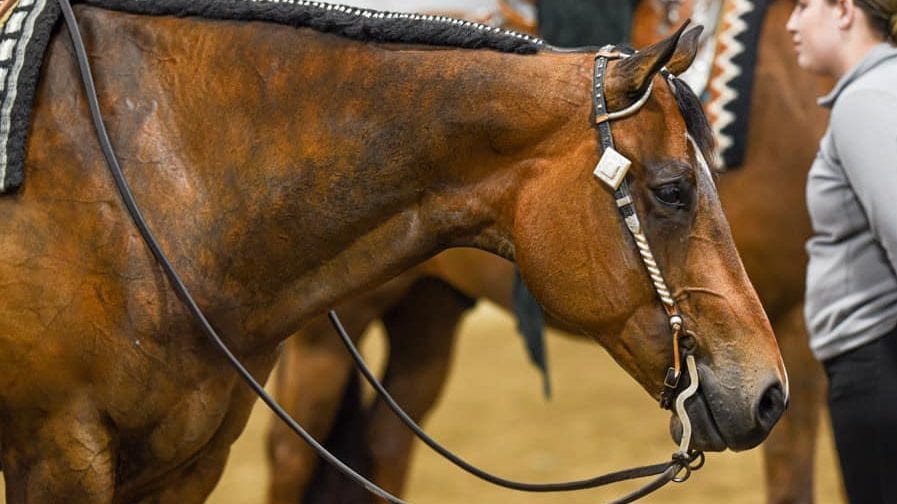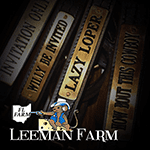Concentrates perfectly complement a forage-based ration when they are fed according to the manufacturer’s recommendations. When horses rapidly consume large amounts of concentrates, beyond the suggestion of the manufacturer, in a single meal, negative effects on overall health can occur.
“Ingestion of high levels of nonstructural carbohydrates (NSC) decreases the acidity of the hindgut due to rapid fermentation of the NSC. In addition, the pro-inflammatory mediator interleukin-1β increases in a horse’s bloodstream within an hour of a starchy, sugary meal,” explained Kathleen Crandell, Ph.D., a Kentucky Equine Research nutritionist.
Higher than normal circulating interleukin (IL)-1β levels are believed to have negative effects on overall health, such as contributing to the development of laminitis.
In the last two decades, nutritionists have brought forth feeding strategies that fulfill energy requirements and keep the gastrointestinal tract functioning glitch-free. For instance, some concentrates feature multiple energy sources. In addition to starch, these energy sources include “super fibers” such as beet pulp and soy hulls, and fat from oil or stabilized rice bran. Horses with high energy requirements typically do well on these feeds.
Nutritional supplements designed to maintain a stable pH in the hindgut can also be offered. Examples of high-quality, research-proven products include EquiShure and Triacton.
Recently, one veterinary research team found that offering a small amount of hay immediately before feeding a meal containing a moderate amount of starch or sugar can “reduce the negative effects of rapid starch and sugar fermentation in the equine digestive tract.”*
Crandell added, “According to those experts, as little as 2 lb (0.9 kg) of hay—a small flake—can decrease IL-1β levels in the bloodstream for up to 8 hours after offering concentrate. In other words, the inflammatory response to dietary concentrates can be blunted by hay.”
Concentrates should be offered in several small meals throughout the day, usually no more than 5 lb (2.3 kg) in a single feeding.
CLICK HERE for more information.








